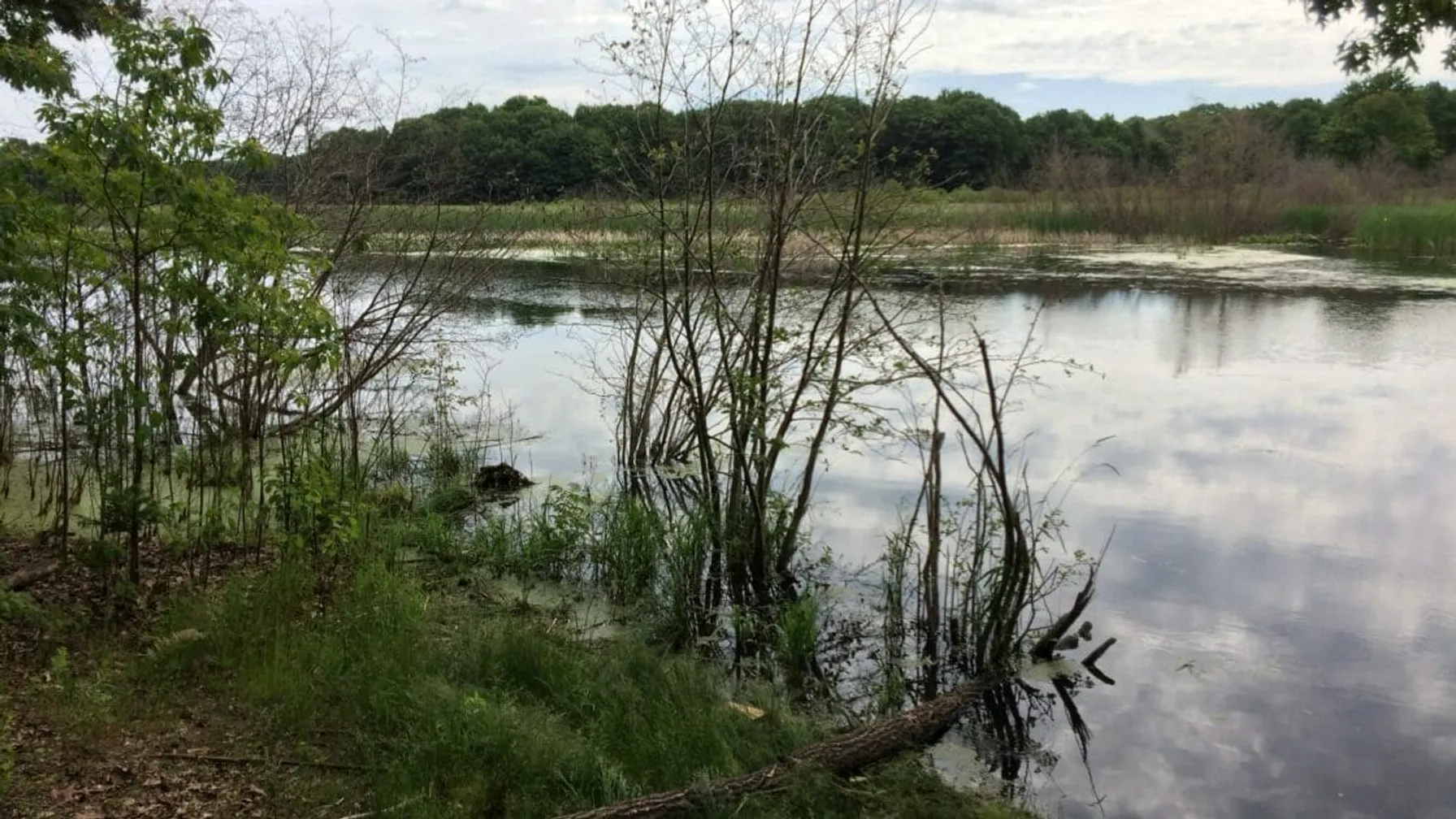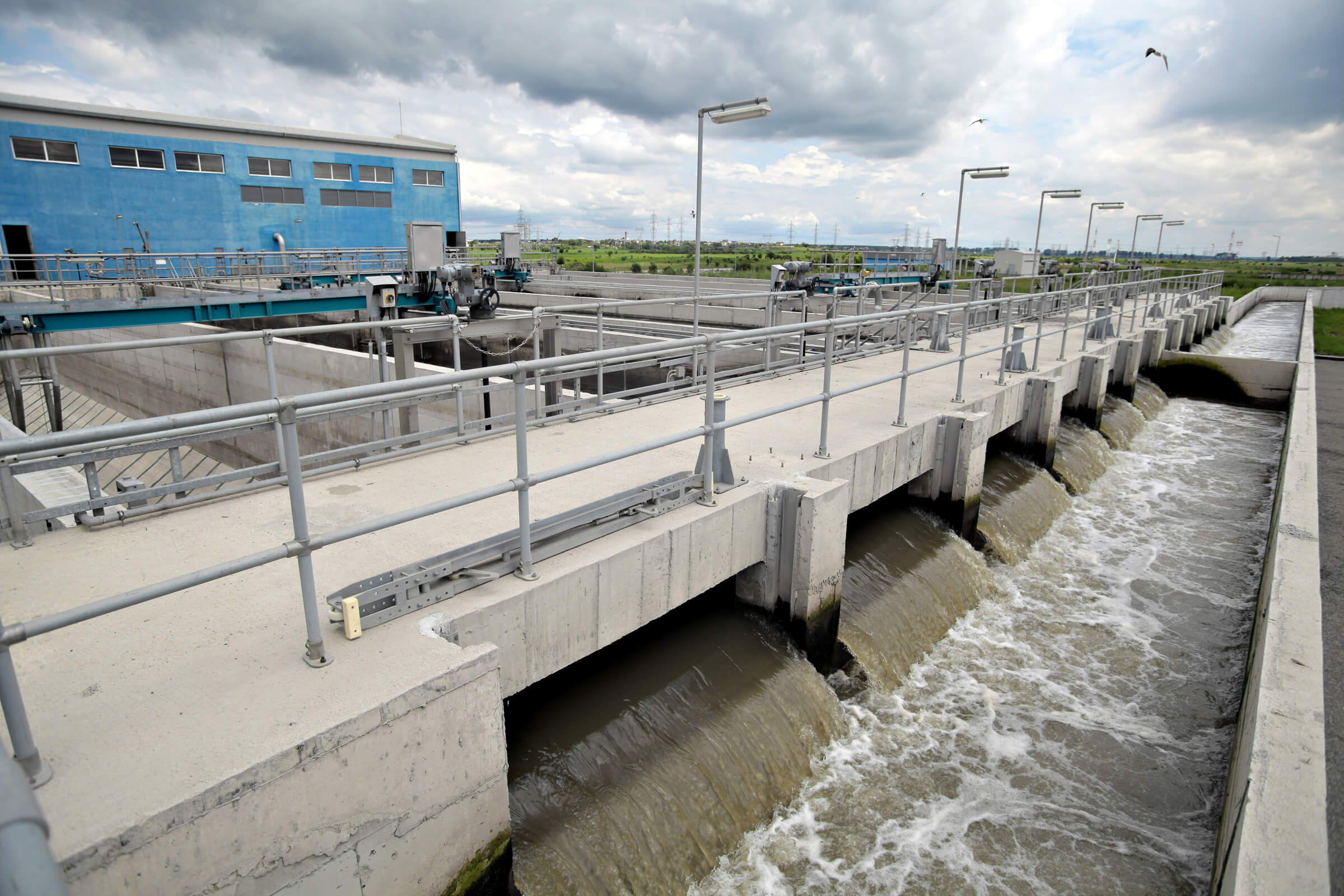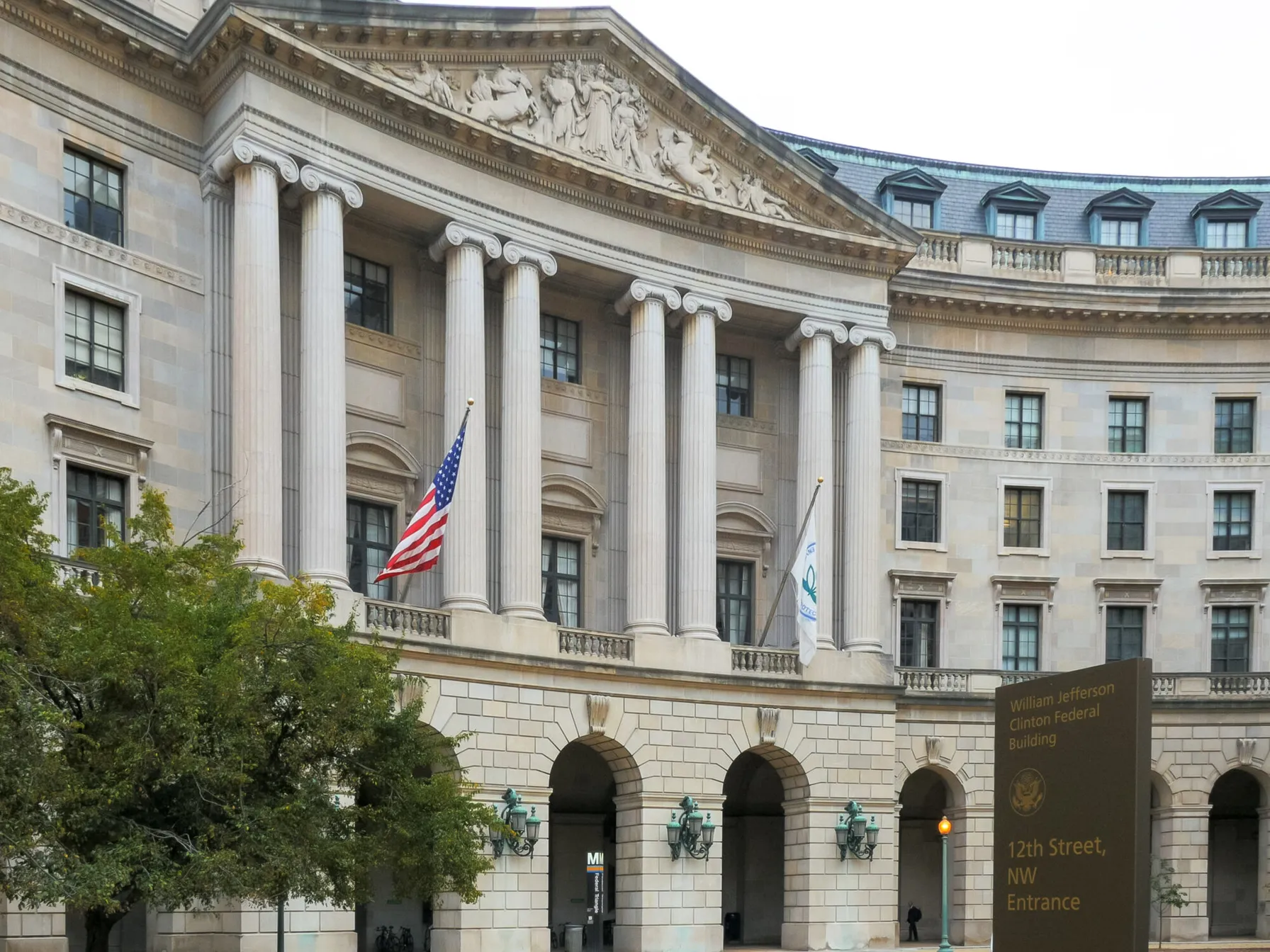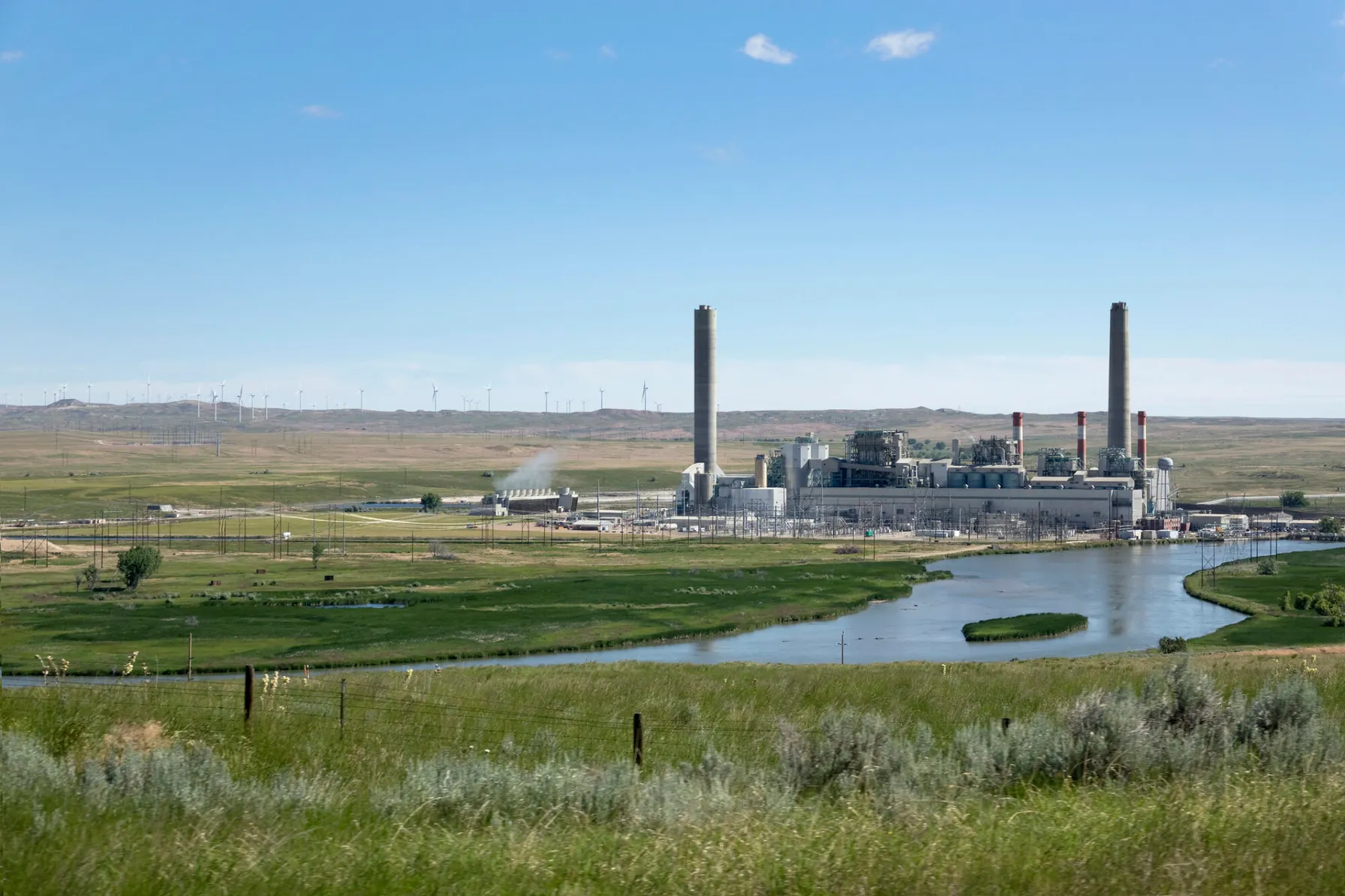Author: Michael Kurinsky | July 19, 2022
While a Phase I Environmental Site Assessment (ESA) is a common method for identifying environmental liabilities during transactional due diligence, the ASTM International standard for Phase I ESAs (E1527-13, with proposed E1527-21 awaiting adoption) omits regulatory compliance from its scope. For properties containing operations that may be applicable to environmental compliance regulations, performing a limited environmental regulatory review can identify potential deficiencies with the environmental management of the facility.
A limited environmental compliance review typically evaluates the presence of material findings that may exist in a facility’s management of its environmental compliance requirements. Material findings are defined as a condition of non-compliance that could necessitate expenditures, not including attorney fees or regulatory agency penalties, in excess of a specified dollar amount or materiality threshold. The materiality threshold is based on the client’s risk tolerance and is often in the range of $50,000. However, this amount is arbitrary and can be revised as appropriate. Non-material deficiencies, those identified below the materiality threshold, would still require action but are within the client’s risk tolerance.
Related Services
A Limited Environmental Regulatory Compliance Review Is Not Intended To Constitute An In-depth Environmental Compliance Audit
Instead, its purpose is to identify general management omissions pursuant to regulatory programs or permits and significant non-compliance trends.
Topics through interviews with facility personnel and site walks include:
- Air Emissions
- Hazardous and Non-Hazardous Waste Management
- Universal Waste Management
- Industrial Wastewater and Storm Water Discharges
- Spill Prevention and Control
- Emergency Planning and Community-Right-to-Know Act (EPCRA) Reporting
- Polychlorinated Biphenyl (PCB) Management
- Underground and Aboveground Storage Tanks (USTs and ASTs, respectively)
- Occupational Safety and Health Administration (OSHA) Worker Health and Safety
Additional supplemental topics that do not typically constitute a formal survey but may be reviewed include security, asbestos-containing materials, lead-based paint and contaminants of emerging concern.
By identifying both material and non-material deficiencies, the client is provided a high-level overview of the facility’s environmental compliance requirements. Understanding these deficiencies pre-closing allows the client to determine if follow-up activities are warranted immediately, or if they would be more appropriate to complete post-closing. Follow-up activities may include:
- Hazardous Waste Characterization and/or Obtaining an Environmental Protection Agency ID
- Detailed Evaluations Regarding the Applicability of EPCRA Reporting and Subsequent Tier II and/or Toxics Release Inventory (TRI) Reporting
- Detailed Air Emission Calculations and Subsequent Preparation and Submittal of a Notice of Intent (NOI) to Obtain an Air Permit, or Documentation of a Qualified Exemption
- Preparation of a Spill Prevention, Control and Countermeasure (SPCC) Plan
- Preparation of a Storm Water Pollution Prevention Plan (SWPPP) and Submittal of an Application for a Storm Water Permit
- Preparation and Submittal of an Application for an Industrial Wastewater Permit
- UST and/or AST Registration and Applicable Testing

How Can TRC Help?
TRC has staff nationwide that are cross trained in both Phase I ESAs and limited environmental regulatory reviews. This allows us to efficiently and effectively provide both of these services and address specific issues with specialized staff should follow-up activities be required. TRC’s specially trained compliance professionals are available to assist with any evaluation of environmental compliance across the country.
Sharing Our Perspectives
Our practitioners share their insights and perspectives on the trends and challenges shaping the market.

U.S. EPA and Army Corps of Engineers to Develop Revised Rule to Define “Waters of the United States”
August 8, 2023
The US EPA and Army Corps of Engineering are redefining “Waters of the United States”.
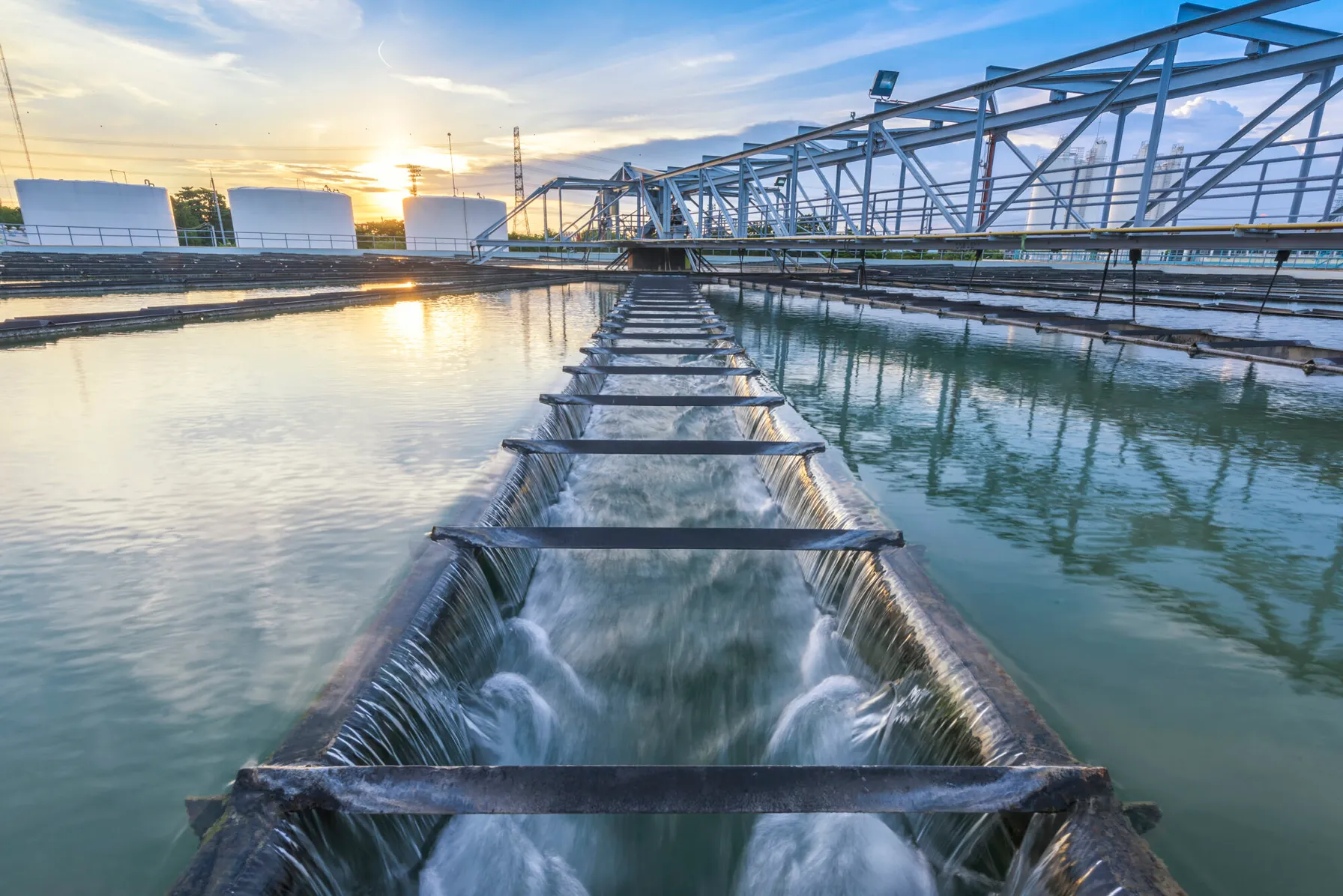
Integrating Sustainability, Digital Connectivity and Design Optimization in Wastewater Treatment Systems
June 20, 2022
Some organizations rarely think about water and wastewater treatment, until there is a problem. American industry depends on the ability to treat wastewater discharges while complying with regulatory standards and addressing emerging contaminants. If wastewater treatment fails, our environment is negatively impacted, and companies are exposed to shutdowns, delays and fines.

Need help collecting PFAS samples for NJDEP deadline December 15?
October 7, 2021
NJDES Category B or L Industrial Permit holders – If you haven’t obtained your first PFAS sample yet, time is running out. All New Jersey Pollutant Discharge Elimination System (NJDES) Category B or L Industrial Permit holders are required by the New Jersey Department of Environmental Projection (NJDEP) to collect two representative effluent samples, taken 30 days apart, to be analyzed for PFAS by an approved laboratory and submitted to them by December 15, 2021.
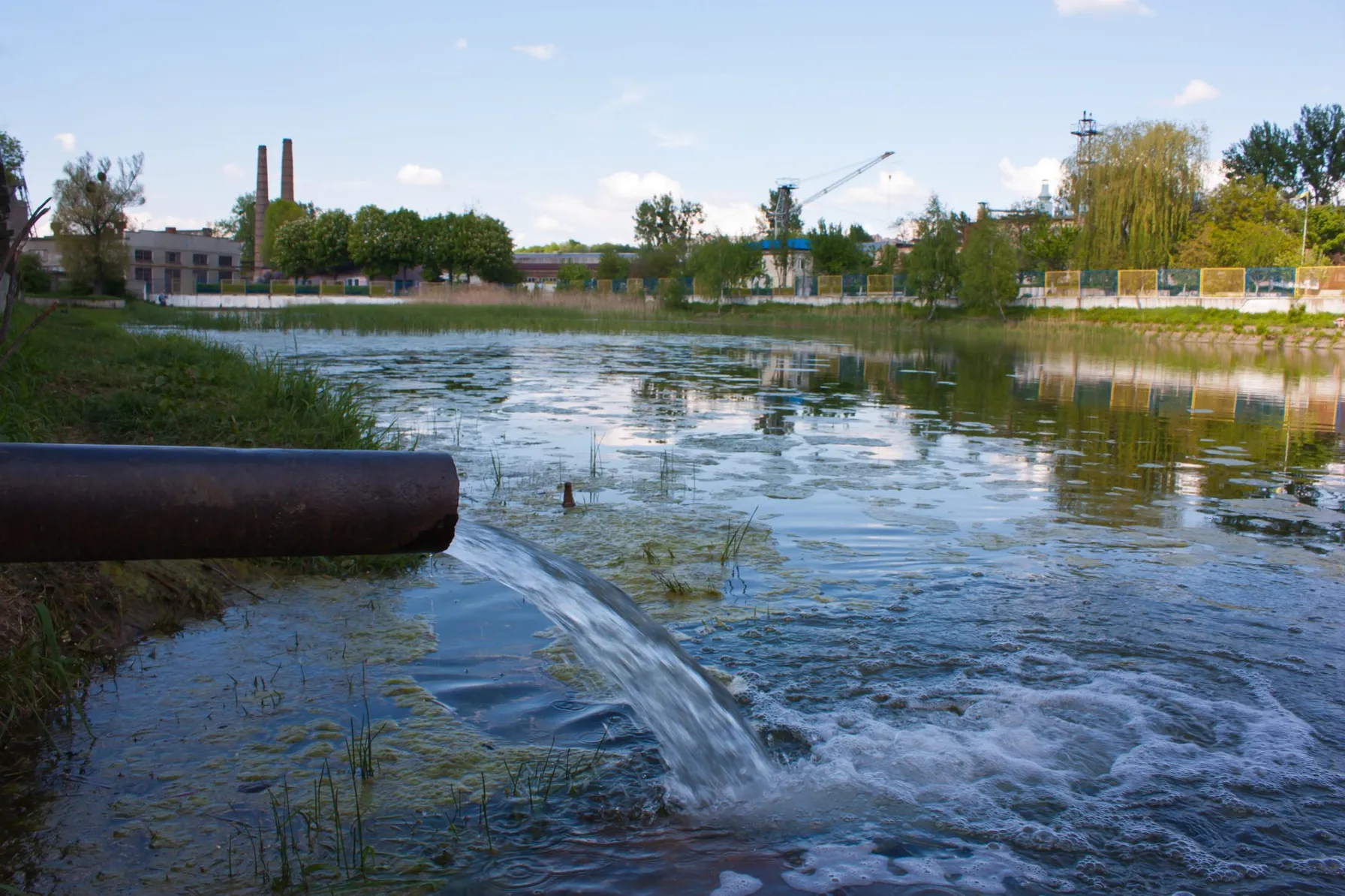
EPA Solicits Comments on PFAS Discharges in Five Point Source Categories
September 23, 2021
EPA solicits comments in five point source categories (PSCs) in the manufacture, use, treatment and discharge of PFAS.

EPA Ramps Up Inspections and Enforcement Actions
May 14, 2021
EPA’s acting enforcement chief, Larry Starfield, directs agents to ramp up inspections in communities known to be afflicted by pollution

TRC Companies Inc. Acquires 1Source Safety and Health
November 11, 2020
TRC Companies (“TRC”), a leading technology-driven provider of end-to-end engineering, consulting and construction management solutions, has acquired 1Source Safety and Health, a firm that provides management consulting services in areas such as indoor air quality, asbestos management, industrial hygiene and safety management systems.

Ecological Risk of PFAS from AFFF-Impacted Sites
June 30, 2020
The facts on evaluating exposure to wildlife

TRC’s Reporting Tool Can Help Identify New PFAS under the TRI
May 19, 2020
While utilities often work in technical silos, NERC auditors are trained to cross check compliance evidence and data between interrelated standards.

Potential Impacts from EPA’s Proposed Waters of the United States Rule
July 24, 2019
The EPA is redefining which bodies of water are eligible for protection under the federal Clean Water Act – and which ones aren’t.

TRC Acquires California Construction Management Firm Vali Cooper & Associates
June 26, 2018
LOWELL, Mass. – TRC, a leading provider of end-to-end engineering, consulting and construction management solutions fueled by innovative technology, announced today it has acquired Vali Cooper & Associates Inc., a top California infrastructure firm that manages transportation, water/wastewater, utility and facilities projects.

Changes to EPA’s Risk Management Program (RMP) Regulations Are Coming
April 14, 2023
Changes to the Risk Management Program (RMP) regulations were signed into a final rule on February 27, 2024, by EPA Administrator Michael S. Regan.

EPA Finds Trichloroethylene Presents Unreasonable Risk in Final Risk Evaluation
April 6, 2023
On Jan 9, 2023, the United States Environmental Protection Agency (EPA) revised the Toxic Substance Control Act (TSCA) to reflect a new risk determination for trichloroethylene (TCE).

Proposed Use of a Hazard Index for PFAS National Primary Drinking Water Regulation (NPDWR)
April 4, 2023
The Proposed MCL and MCLG for the four PFAS, PFNA, PFHxS, GenX, and PFBS, considers their toxicity as additive. The EPA has proposed a HI of 1.0 as the MCL and MCLG for the four PFAS combined.

Using the R2 Guidance in Indiana
March 21, 2023
TRC outlines the new R2 Guidance in Indiana

Routinely Evaluating the Health & Effectiveness of Integrated Systems to Manage EHS/ESG Risks – Part I
March 1, 2023
Once established, an EHS/ESG management system must be routinely evaluated to ensure it remains effective to identify and control risks, as well as accommodate and adjust for changes that occur to/within the organization.

Consequences of a Lowered NAAQS for PM2.5
February 16, 2023
TRC breaks down the significance of EPA lowering the NAAQS for PM₂.₅
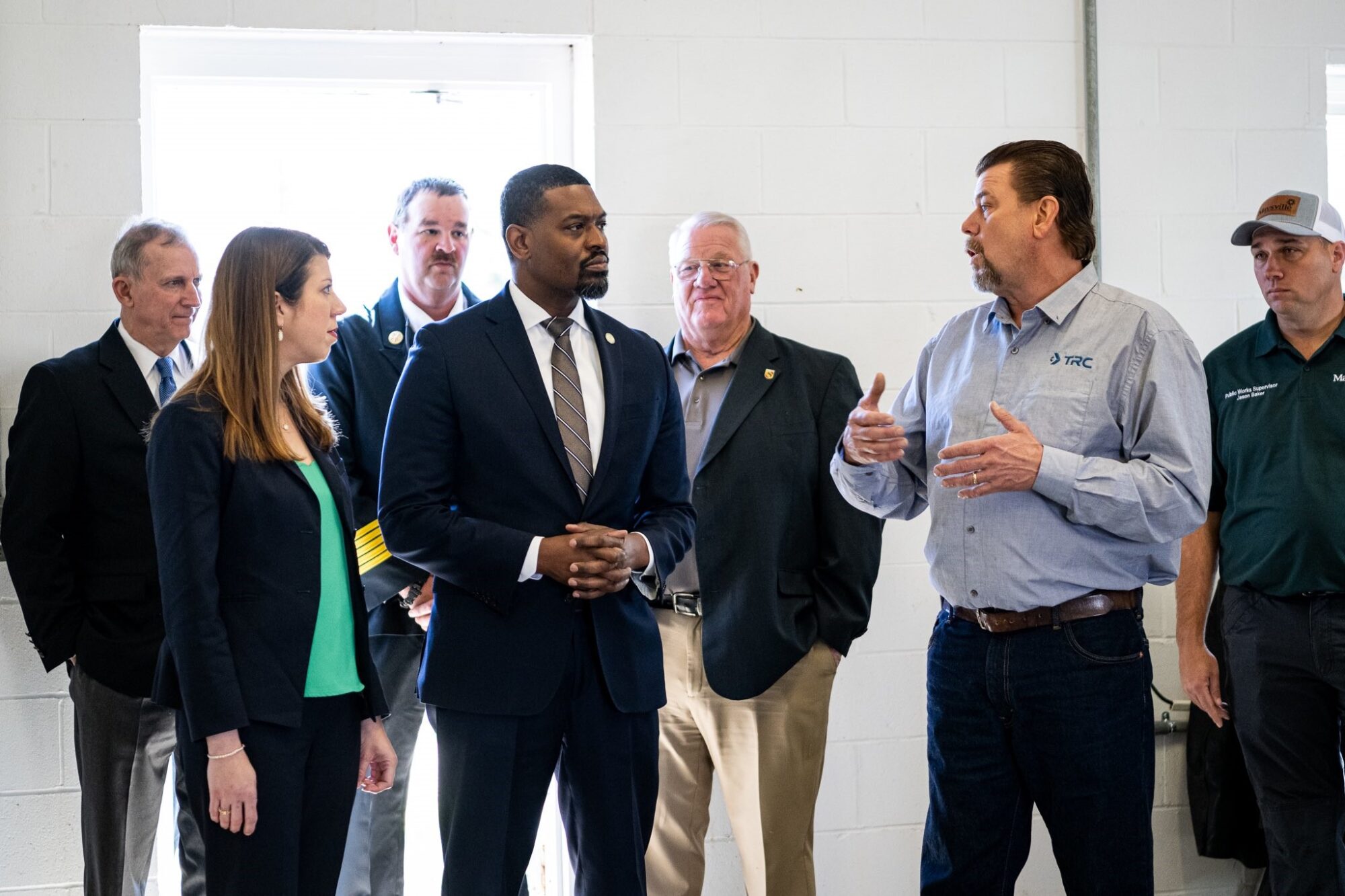
EPA Announces $2 Billion in Funding to Address Emerging Contaminants in Drinking Water
February 14, 2023
Environmental Protection Agency Administrator Michael Regan announced $2 Billion in infrastructure funding to help the nation’s rural water supplies.
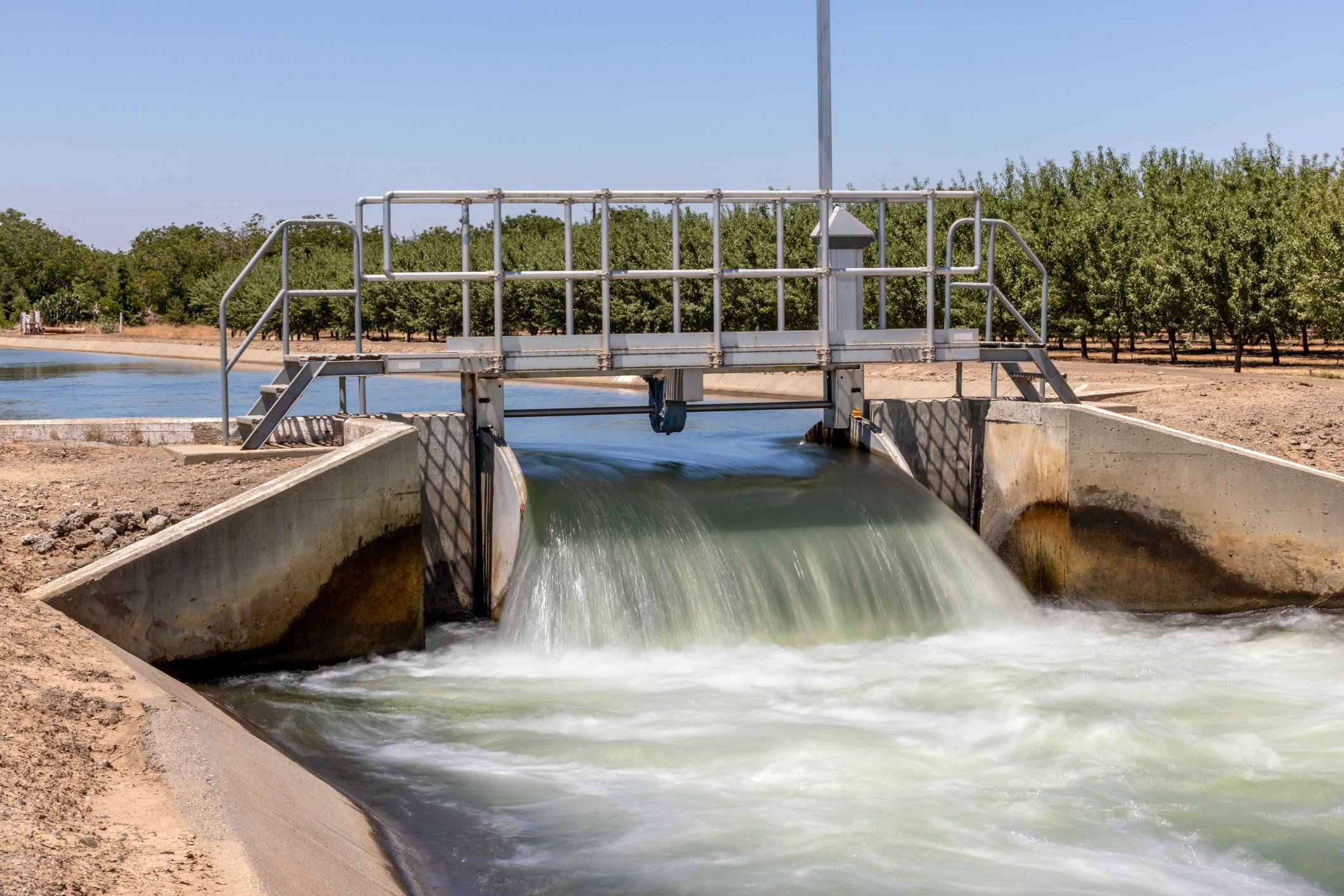
EPA Publishes Effluent Guidelines Program Plan 15
February 14, 2023
The EPA announced updated effluent limitations guidelines under Plan 15, focusing on the evaluation and rulemaking process for per- and polyfluoroalkyl substances (PFAS) discharges.

Phase I ESA ASTM Standard Update: The Wait is Over
December 21, 2022
The USEPA published a Final Rule making the ASTM E1527-21 Phase I ESA standard AAI compliant.

Proactive Enforcement is Key in the EPA FY2022-2026 Strategy
October 19, 2022
A core element of the EPA FY2022-2026 Strategic Plan focuses on environmental compliance.

Preparing for EPA Inspections in Environmental Justice Communities
October 4, 2022
The EPA Office of Enforcement and Compliance Assurance Have Expanded Goals to Strengthen Enforcement and Protections Within EJ Communities

New National Emerging Contaminants Research Initiative
September 12, 2022
The Executive Office of the President of the United States announced a National Emerging Contaminant Research Initiative

NERC Proposes Implementation Guidance for PRC-019-2
August 22, 2022
NERC has proposed implementation guidance for PRC-019-2, the standard that verifies coordination of generating unit facility or synchronous condenser voltage regulating controls, limit functions, equipment capabilities and protection system settings.

Optimizing EHS/ESG Information Management and Reporting Systems by Leveraging Innovative Digital Technology Solutions
August 10, 2022
A single, integrated enterprise wide EHS/ESG IMS can significantly improve performance and communicate progress towards organizational requirements and goals.

Revisions to FAC-001 and FAC-002 Submitted for FERC Approval
July 12, 2022
Reliability Standards FAC-001-4 and FAC-002-will resolve uncertainty regarding the meaning of “materially modify” under the currently effective standards.

FERC Order No. 881-A Has Implications for NERC Compliance Programs
June 23, 2022
Updated Order will have significant impact on NERC compliance programs related to both PRC standards and facilities ratings. Utilities should review the Order’s requirements and prepare for changes needed to remain compliant.

Integrating Sustainability, Digital Connectivity and Design Optimization in Wastewater Treatment Systems
June 20, 2022
Some organizations rarely think about water and wastewater treatment, until there is a problem. American industry depends on the ability to treat wastewater discharges while complying with regulatory standards and addressing emerging contaminants. If wastewater treatment fails, our environment is negatively impacted, and companies are exposed to shutdowns, delays and fines.
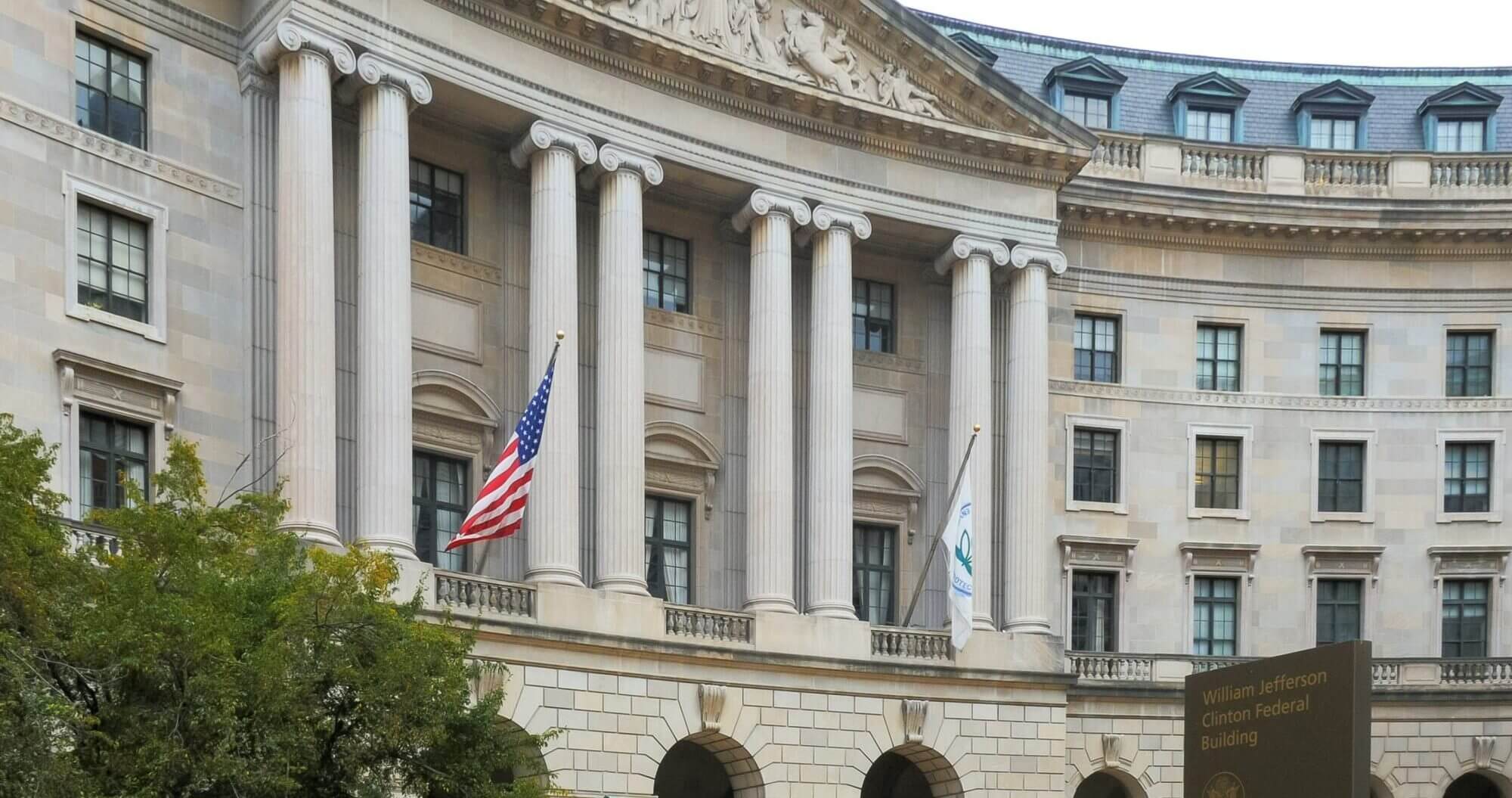
Climate Action and Environmental Justice are at the Forefront of EPA’s Strategic Plan
June 14, 2022
The EPA issued its Fiscal Year 2022-2026 Strategic Plan. Although the strategic plans emphases often change with administrations, we can be reasonably certain that the Plan reflects priorities through 2024.

Support an Integrated EHS/ESG Management System
June 10, 2022
LOWELL, Mass. – TRC, a leading provider of end-to-end engineering, consulting and construction management solutions fueled by innovative technology, announced today it has acquired Vali Cooper & Associates Inc., a top California infrastructure firm that manages transportation, water/wastewater, utility and facilities projects. “Vali Cooper & Associates is a leading construction management firm in California and has an excellent reputation throughout the industry, especially in the public sector,” said TRC CEO Chris Vincze. “This key acquisition aligns with our strategic growth strategy and will help diversify our robust portfolio of infrastructure services in one of the strongest markets in the country.” With the deal, TRC now has nearly 600 employees in California providing a full complement of engineering and management services in the infrastructure, oil and gas, environmental and power markets. “TRC shares many of the same values as VC&A, and joining with them will boost our national presence and enable us to expand the breadth of services we bring to our clients,” said Agnes Weber, VC&A’s chief strategy officer. “This is a great fit for both firms and we are thrilled about this exciting new chapter.”

NERC’s Revised PRC-024-3 Standard for Inverter-Based Generation Effective in October 2022
May 11, 2022
Changes to PRC-024-3 in support of inverter-based generation performance are going into effect in October of this year. Interconnection programs and documentation procedures may need to be updated in order to maintain compliance.
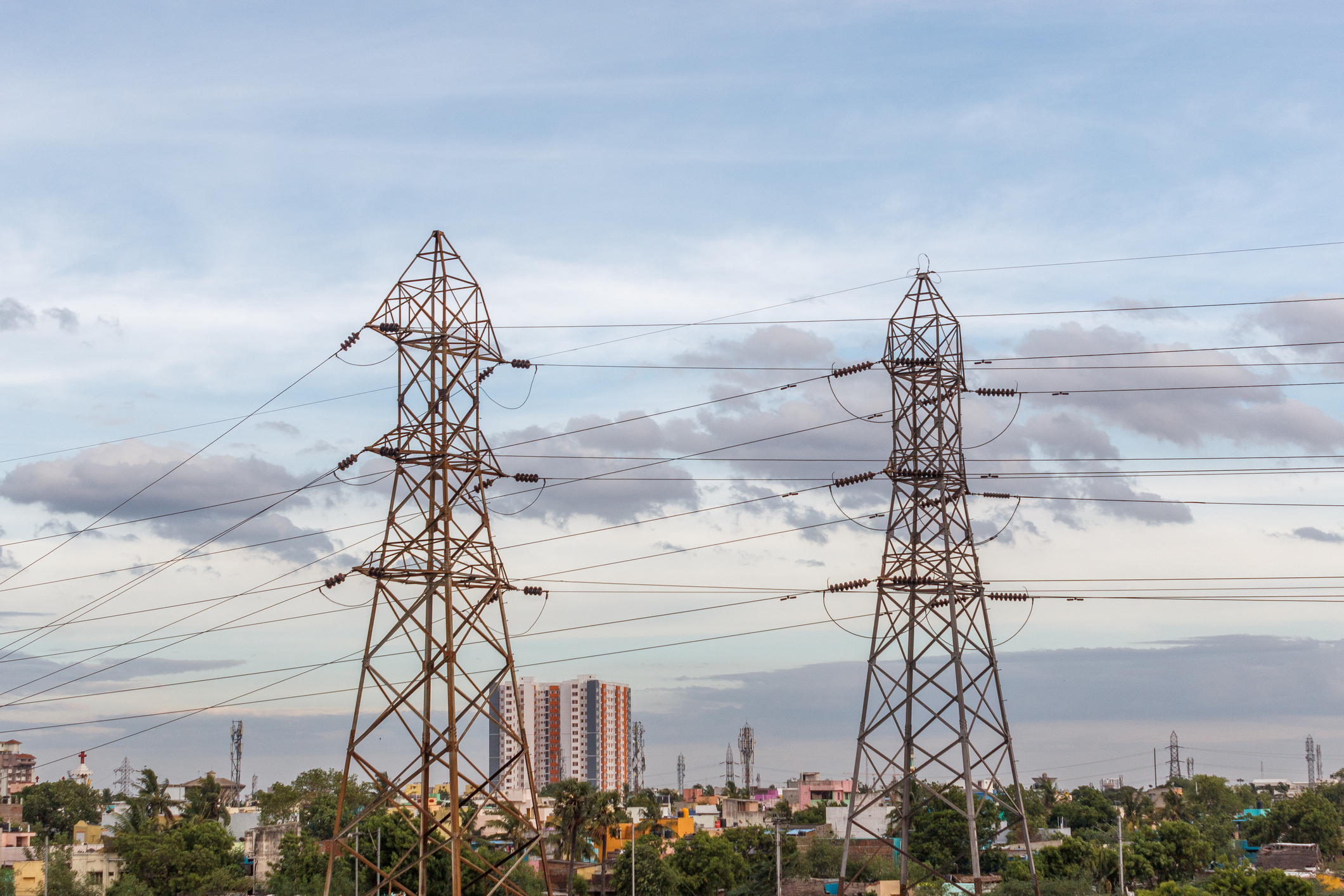
FERC Issues Notice of Inquiry Regarding Dynamic Line Ratings
April 25, 2022
There are significant technical challenges involved in implementing Dynamic Line Ratings in the planning and operation of utility systems. Utilities should be prepared to modify their NERC compliance programs as necessary to address the potential introduction of DLR in their businesses.

How to Use an Integrated Approach To Manage EHS and ESG Risks
April 20, 2022
LOWELL, Mass. – TRC, a leading provider of end-to-end engineering, consulting and construction management solutions fueled by innovative technology, announced today it has acquired Vali Cooper & Associates Inc., a top California infrastructure firm that manages transportation, water/wastewater, utility and facilities projects. “Vali Cooper & Associates is a leading construction management firm in California and has an excellent reputation throughout the industry, especially in the public sector,” said TRC CEO Chris Vincze. “This key acquisition aligns with our strategic growth strategy and will help diversify our robust portfolio of infrastructure services in one of the strongest markets in the country.” With the deal, TRC now has nearly 600 employees in California providing a full complement of engineering and management services in the infrastructure, oil and gas, environmental and power markets. “TRC shares many of the same values as VC&A, and joining with them will boost our national presence and enable us to expand the breadth of services we bring to our clients,” said Agnes Weber, VC&A’s chief strategy officer. “This is a great fit for both firms and we are thrilled about this exciting new chapter.”

Why Are ESG Frameworks Important?
April 13, 2022
ESG standards significantly impact long-term growth, leading many companies to integrate ESG reporting into their corporate social responsibility (CSR) strategies. ESG frameworks are broad and diverse, and establishing a reporting system that covers your industry’s most relevant metrics can be challenging.
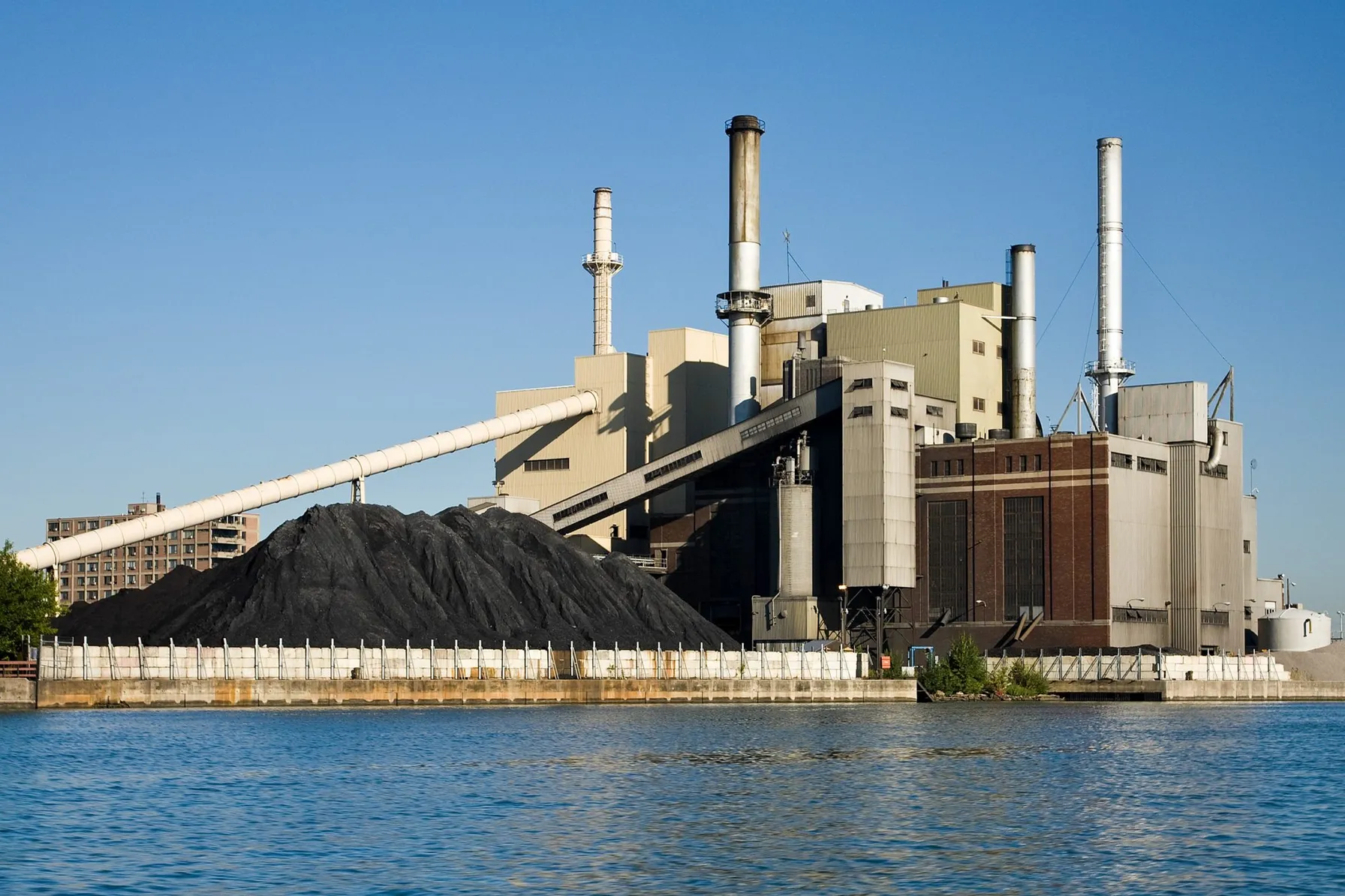
EPA Coal Ash Compliance Expectations Updated
March 28, 2022
New EPA Communications highlight new Coal Combustion Residual compliance expectations, a shift from the current program.

New NERC Guidance Supports the Implementation of Grid Forming Inverters
March 8, 2022
NERC has issued a new report highlighting the key attributes of various inverter controls to support proper implementation and to protect reliability.

NERC Recommends Approaches for Underfrequency Load Shedding Programs
February 24, 2022
In a recently released reliability guideline, NERC recommends additional approaches for Underfrequency Load Shedding (UFLS) program design to help utilities effectively consider the effects of Distributed Energy Resources (DERs). The guidance was developed to address the accelerated transition of the power system to locally installed, decarbonized resources that depend on inverters. These new technologies introduce operational controls issues into the electric grid. UFLS data gathering and analysis methodologies may require modification to address reliability risks.
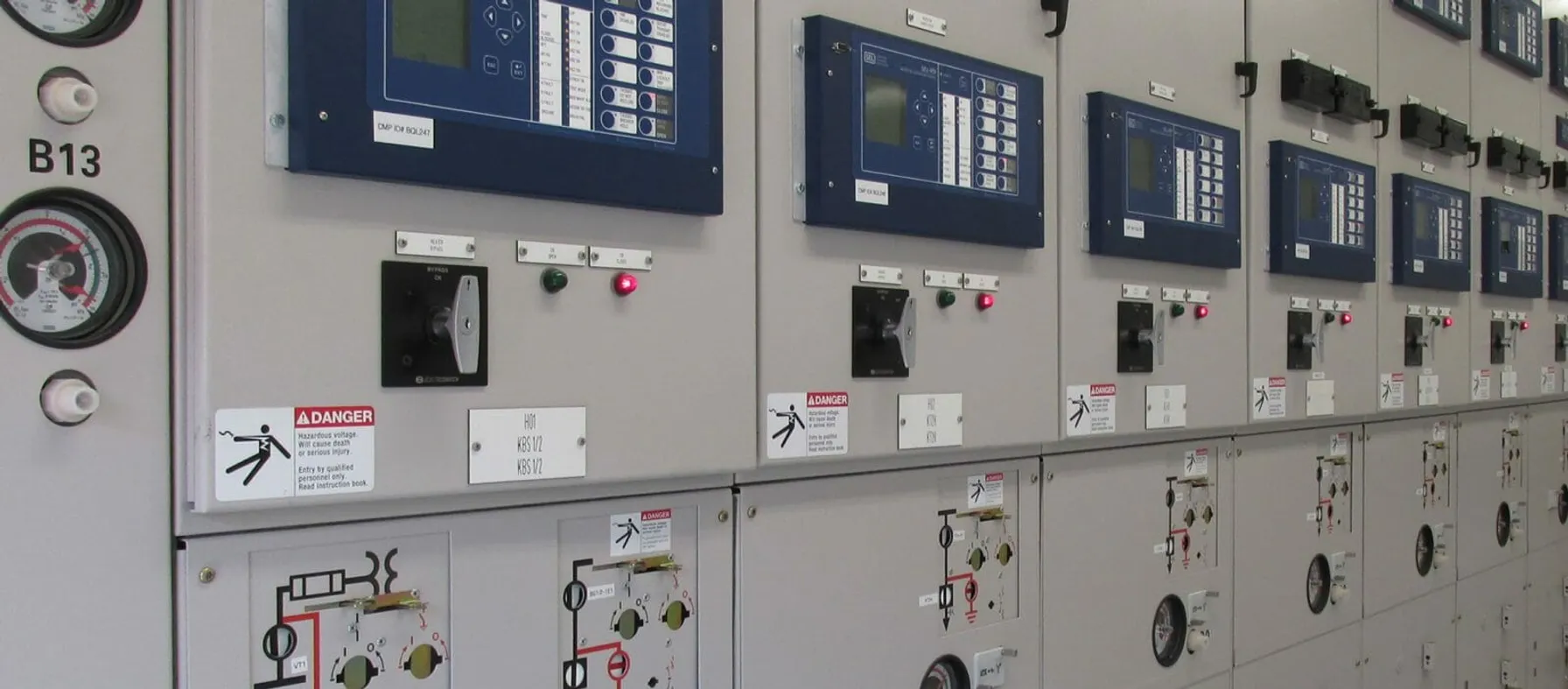
NERC and FERC Recommend Protection System Commissioning Improvements
January 18, 2022
Between 18 and 36 percent of reported utility misoperations were attributed to issues that could have been detected through a properly implemented PSC.
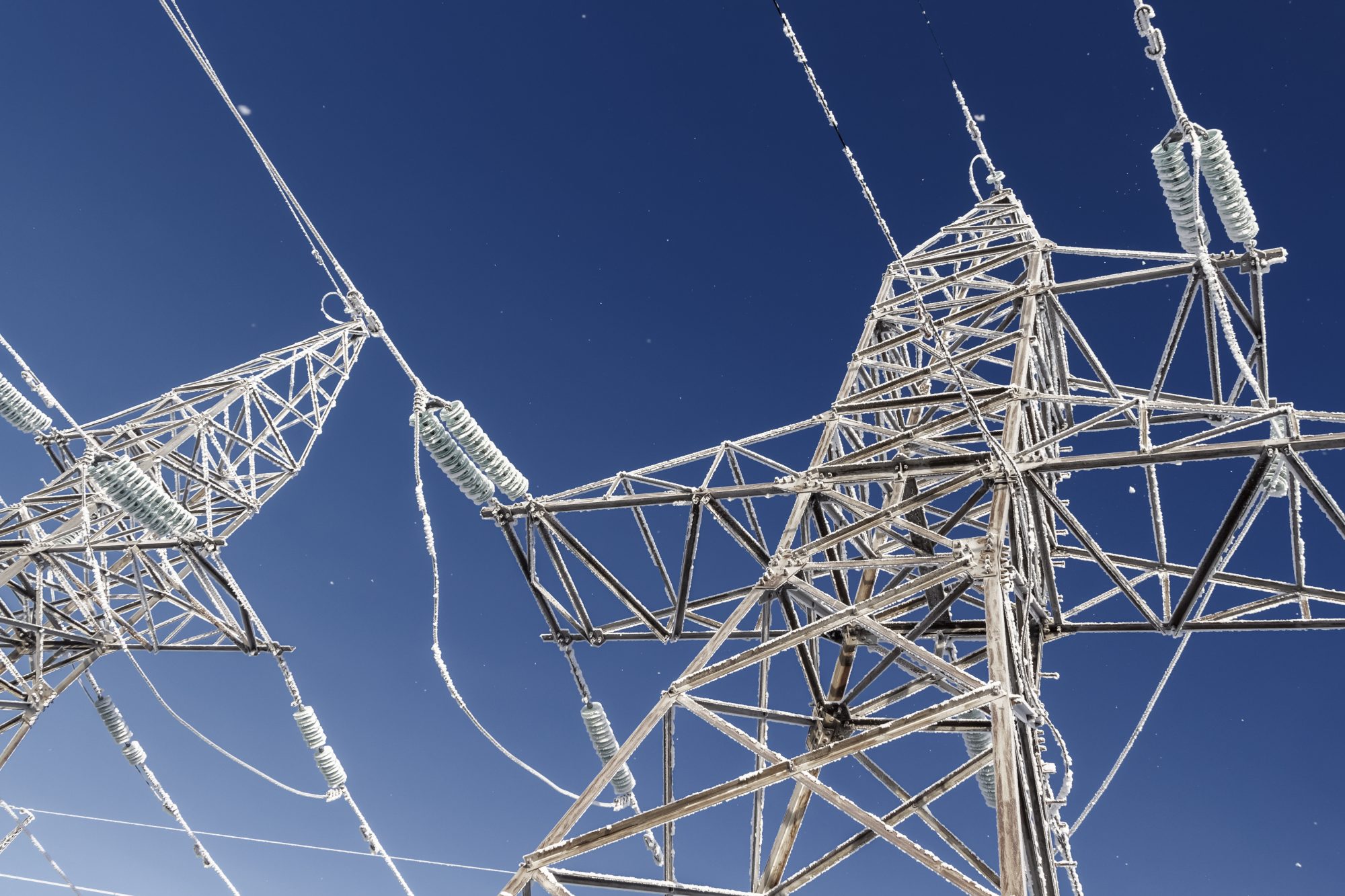
FERC & NERC Issue Joint Report on Freeze Reliability Failures
December 15, 2021
The in-depth report outlines twenty-eight recommendations to address freeze reliability failures, including operating practices and recommendations for NERC standards modifications surrounding generator winterization and gas-electric coordination.
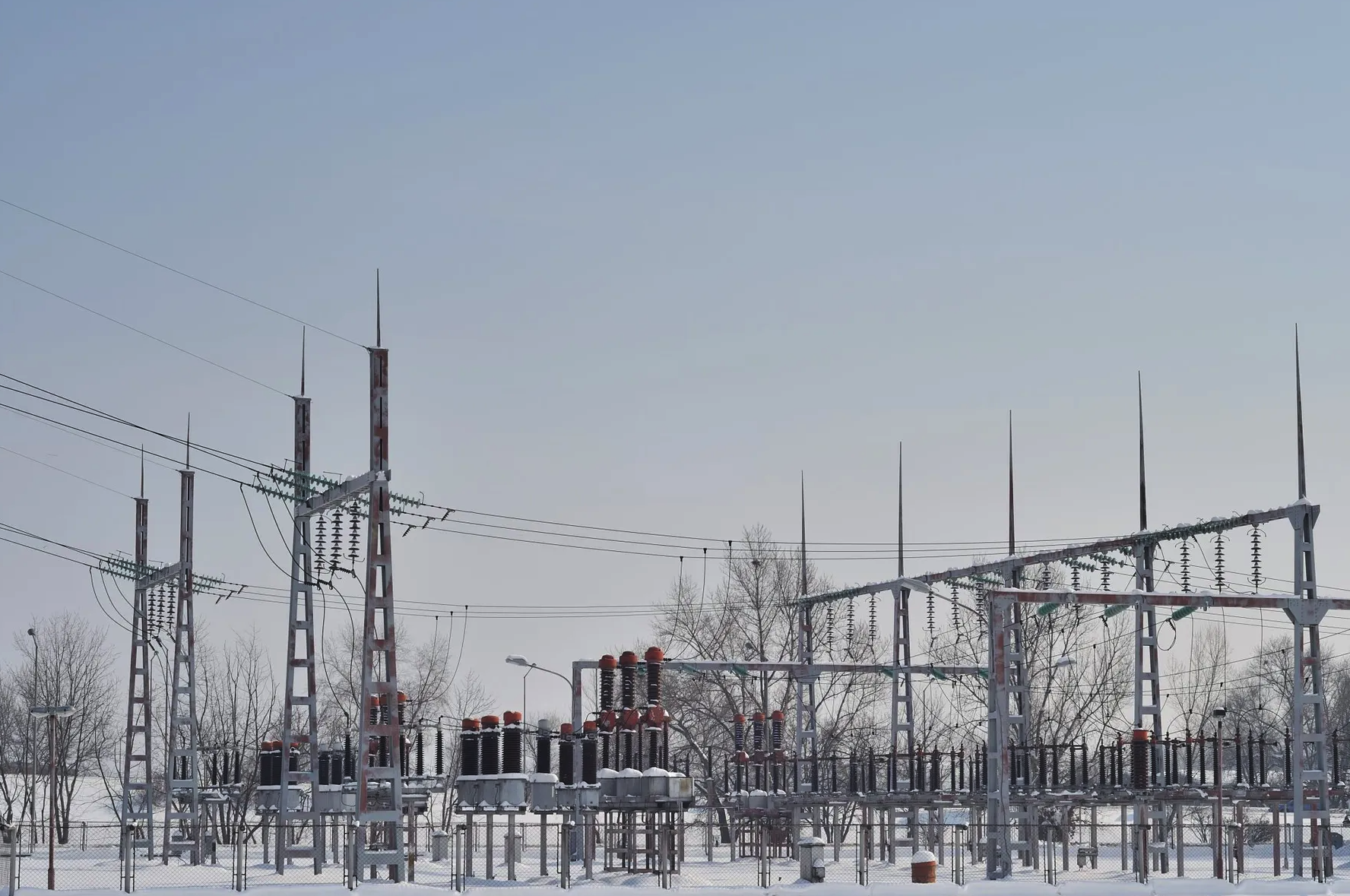
NERC Accelerates Additional Cold Weather Standards Changes
November 22, 2021
At its November 2021 meeting, NERC’s Board of Trustees took aggressive action to advance critical cold weather Reliability Standards. Most notably, the group approved the 2022-2024 Reliability Standards Development Plan, which prioritizes standards projects for the coming years including a resolution to include new cold weather operations, preparedness and coordination standards as high priority development projects.

OSHA’s National Emphasis Program on Heat-Related Illness and Injuries
November 3, 2021
On September 20, 2021 in an OSHA National News Release, OSHA published a memorandum establishing an enforcement initiative that is designed to prevent and protect employees from heat-related illnesses and death. This initiative, which develops a National Emphasis Program (NEP) on heat inspections, is an expansion of an already existing Regional Emphasis Program (REP) in OSHA’s Region VI, which covers Arkansas, Louisiana, New Mexico, Oklahoma and Texas.

New Potential Compliance Standards Identified at FERC Technical Conference on Reliability
October 18, 2021
With a focus on the reliability impact of extreme weather and the shortcomings of current system planning approaches, both NERC and FERC conference participants opened the door to potential forthcoming compliance standard enhancements or changes.

NJDEP Implements New Jersey Environmental Justice Law Through Administrative Order
October 5, 2021
On September 22, 2021, the New Jersey Department of Environmental Protection (NJDEP) Commissioner announced the issuance of Administrative Order (AO) No. 2021-25 to implement New Jersey’s Environmental Justice (EJ) Law. This order is effective immediately, and applicants seeking to site new major source facilities, renew major source permits or expand existing facilities with major source permits (e.g., Title V air permits) in overburdened communities are affected. There are more than 4.5 million people that live within 331 municipalities that are overburdened communities in the state of New Jersey.

OSHA Returns to In-Person Inspections As COVID-19 Restrictions Lift
August 4, 2021
The Occupational Safety and Health Administration (OSHA) is authorized by the Occupational Safety and Health Act of 1970 (OSH Act) to assure employers provide safe and healthful work conditions free of recognized hazards and by setting and enforcing standards and providing training, outreach, education and technical assistance. OSHA has recently announced the return to in-person inspections as COVID-19 restrictions begin to lift.

NERC Proposes Revisions to CIP-008
March 27, 2021
NERC’s CIP-008 standard aims to mitigate reliability risks resulting from a Cyber Security Incident by specifying incident response requirements. Newly proposed revisions would augment mandatory reporting to include incidents that compromise, or attempt to compromise, a utility’s Electronic Security Perimeter (ESP) or associated Electronic Access Control or Monitoring Systems (EACMS).

EPA continues to aggressively address PFAS wastewater with two new strategies
January 4, 2021
EPA takes steps toward PFAS wastewater and storm water permitting, and analytical methods for testing.

Ecological Risk of PFAS from AFFF-Impacted Sites
June 30, 2020
The facts on evaluating exposure to wildlife
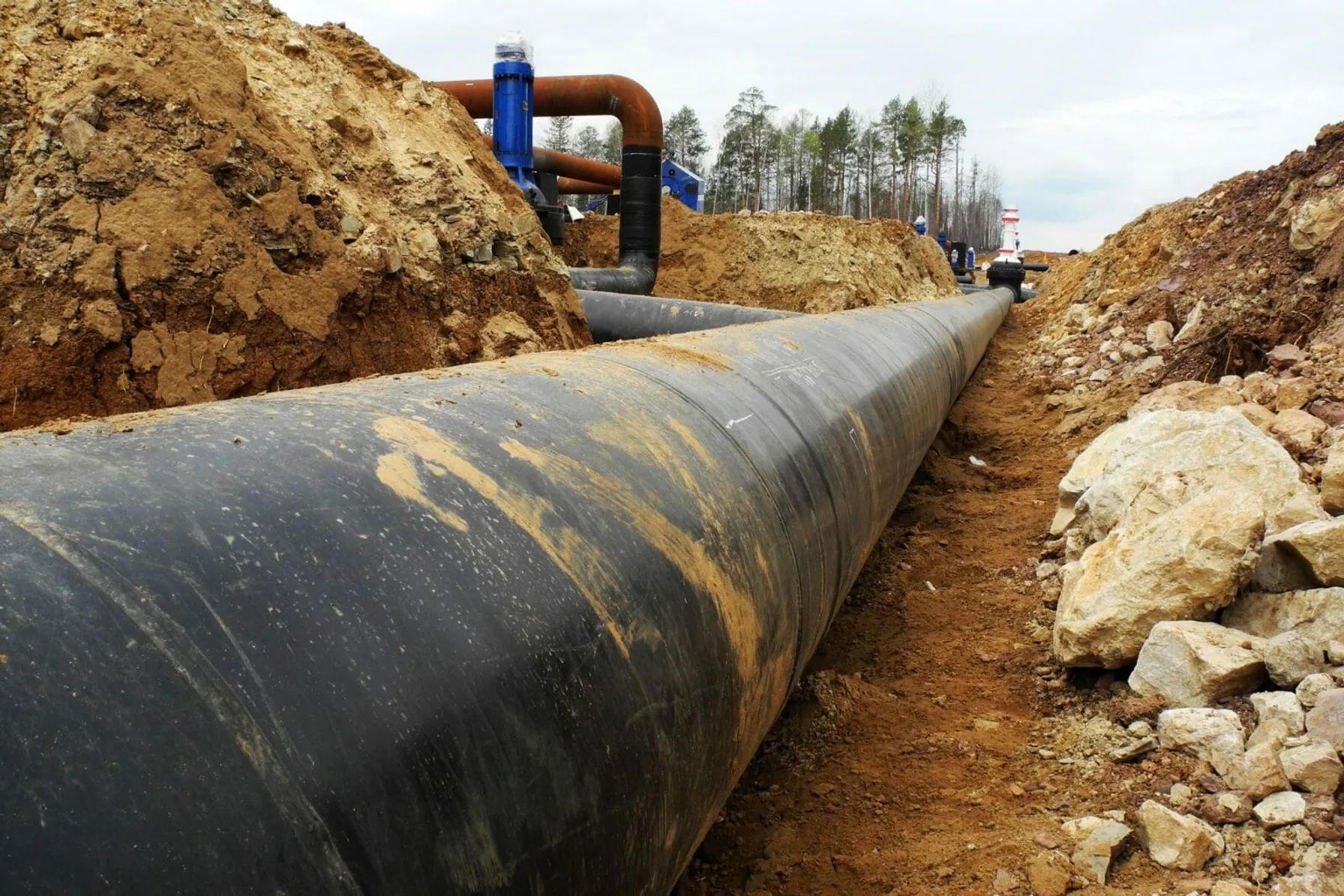
Targeting Perfection in the Construction and Operation of Pipelines
October 18, 2019
To have an impact on the delivery or operation of a pipeline, it’s vital to eliminate the intra- and inter-company barriers, including those in the areas of communications, culture and technology.

PHMSA Publishes New Rules to Increase the Safety of Hazardous Liquid Pipelines and Gas Transmission Pipelines
September 25, 2019
The Pipeline and Hazardous Materials Safety Administration this week published important new rules aimed at improving pipeline safety.

NERC Calls for New Approach to Reliability Planning Due to Gas Supply Disruption Risks
December 14, 2017
A recently published NERC report concludes that as reliance on natural gas to meet electric generation requirements increases, additional planning and operational measures must be considered to mitigate power system reliability risks.

Michael Kurinsky
Mike Kurinsky is a TRC Project Manager who specializes in transactional due diligence. He has over 17 years of experience and is based in Cleveland, Ohio. He and his team assist clients with environmental due diligence and compliance evaluations for domestic and international projects. He regularly assists with projects performed through Ohio’s Voluntary Action Program (VAP). Contact Mike at mkurinsky@trccompanies.com.







